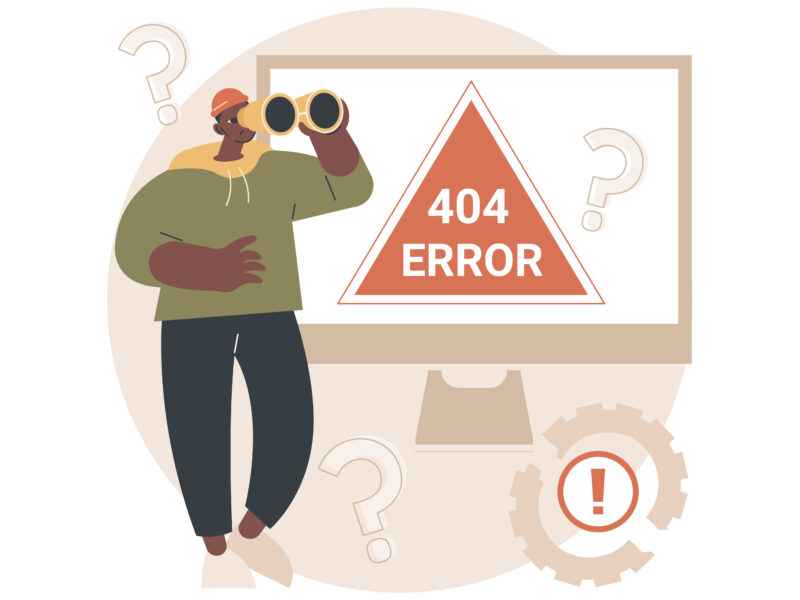Mobile-First Indexing: The Future of SEO
As Google has already said goodbye to desktop crawling and mobile-first indexing for every website from the early 2021 era, it is efficient to know that Google has switched to using the mobile version of the landing page you are using for indexing and ranking. This means checking whether the websites are ready for mobile crawling for skilled website users, SEOs, and digital marketers. Google’s search results show that 30% of all sites that ranked in Google’s search results still crawled with desktop Googlebot.
According to Google, 70% of all the websites that rank in their search results are crawled with mobile user agents, and the rest are crawled with desktop crawlers. This scenario is all set to change. The mobile Google crawler is on the way to being sent out to every website, even if it doesn’t meet the mobile requirements.
It won’t be bad to say that we now live in a mobile-first world.
What is Mobile-First Indexing?
Mobile is one of the core elements of life now. According to a USA survey in 2019, 63% of USA search traffic has originated from mobile devices. This means when a website’s mobile version is preferred by one, it is as per Google’s term: MOBILE FIRST INDEXING .
Mobile-first indexing depicts the predominant usage of Google’s content for indexing and ranking.
In the past, Google used to monitor a page’s relevance to a search query through the website’s desktop, but now mobile variants have replaced the desktop.
This won’t cause any harm to the businesses as the site served to the mobile users is nothing but a responsive version of the desktop site. There will be no alterations to the actual content. But when a website uses different desktop and mobile versions, a few things need to be considered.
If you are one of the businesses that have yet to access both versions, you will face degradation in your search rankings across mobile and desktop searches.
A well-built mobile-friendly website can drive a noticeable increase in mobile visibility.
Even if you pay little attention to mobile-first indexing, it still requires you to know about it in-depth for future enhancement in your business.
In simple terms, mobile-first indexing depicts the usage of content by Google’s algorithms from your mobile site when Google ranks your pages on the SERPs.
A Bunch of Things that You Need to Consider for Mobile-First Indexing :
Mobile-first indexing is something that all SEOs need to understand.
Once you are familiar with the key facts of mobile-first indexing and know how it could influence your site’s organic visibility, you may find it easy to adapt your own process to work mobile-first.
Let’s check out the 9 important things below:
1. You Have to Check if Your Site is on Mobile-First Indexing
While most of the sites have now driven towards mobile-first indexing, there are still a few sites Google is focusing on analyzing and ranking on the site’s mobile screen. If you haven’t yet done this or want confirmation about your presence on mobile-first indexing, there is an easy way to check this.
You need to upload Search Console and then run a URL inspection for you by entering into the text box, which you will get at the top of your screen.
This is one of the rapid and easy ways to see if Google has crawled your site; in this case, mobile-first.
2. You Can’t Opt-Out of Mobile-First Indexing :
If you have moved to mobile-first indexing once, there will be no going back. There will be no way to opt-out.
And this allows you to think about using mobile-first indexing to design and develop your website, plan your content, and consider how your website should look to outsiders visiting you through mobile devices.
Google affirmed a while ago that if you have a dynamic website where the primary content and worked-up content look similar across mobile and desktop, you need not do anything to change it.
Having these conversations with your web developers and designers will make them aware of the benefits of mobile-first indexing, and they may help you get an impactful mobile-first indexing site.
3. There is Only One Index Available on Google:
One of the common misconceptions that rotated in 2016 across various different places is that Google holds two indexes that are mobile index and the desktop index.
But it is simply wrong – as there is only one index, and mobile-first indexing is related to the Googlebot that crawls into your site and indexes it, not the index of web pages that Google carries its authorization. The wonderful reality revolves around websites having similar content on their phone and desktop; they must not face any kind of bad impact from moving to mobile-first indexing.
And again, it might seem confusing that if you are having a separate mobile site, it will be these URLs that show to users on the SERPs.
But yes, there is only one index.
4. You Must Check Your Site’s Mobile-Friendliness:
All you have to ensure is to quickly and easily test your website’s mobile friendliness using Google’s mobile-friendly test tool.
Enter the URL of your web page and check if there are any mobile-usability issues.
We must remember that mobile usability and mobile-first indexing are two different things, and it is extremely important to comprehend how Google crawls our mobile version.
Let’s say a page passes a mobile-friendly test, but there are a number of issues while loading the page that may need further look after.
You can look after your site’s mobile usability by visiting the particular tab ‘enhancements’ menu in Search Console, which allows you to see if any errors need serious attention.
5. Good Gives Tips for Mobile-First Indexing Practices :
Google’s search engine offers a plethora of advice and tips to help SEOs and webmasters understand the fact of mobile-first indexing.
Let’s note down below how the Google guide helps us crack the mobile-first indexing practices:
- You must make sure that Googlebot can access your content.
- Ensure that the content is the same on desktop and mobile.
- You must check your structured data.
- Ensure checking the placement of your ads.
- Including the same metadata on both versions of your website.
- Check visual content.
- Learn additional best practices to separate URLs.
- Troubleshooting mobile-first issues.
Take your time to learn the above and master your practices for mobile-first indexing.
Conclusion:
Mobile-first indexing seems scary and robust at first sight, but it is already creating noise by serving an awesome mobile experience, and it has ensured your mobile and desktop should have the same content as your website.
Let’s crack the best practices of mobile-first indexing by engaging our website designers, developers, and others related to it in our team for our own websites. One stop content solution one of the best content writing service in gujarat.




